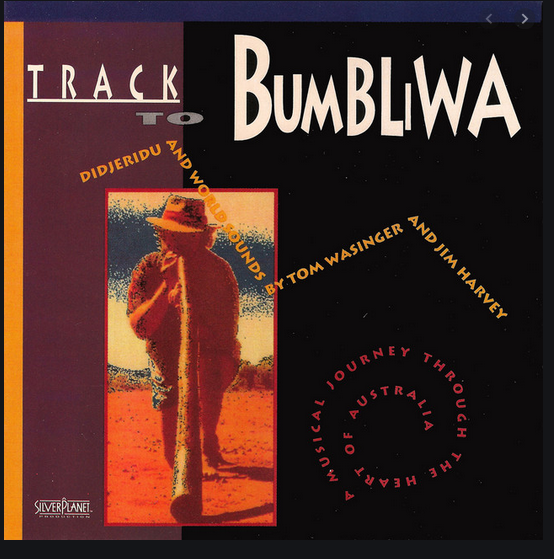DIDJERIDU TALES - Its Musical Technique Compared with Tuba
- James Harvey
- Apr 9, 2024
- 3 min read
Updated: Nov 20, 2024

In response to inquires from several people about my experiences with the Australian aboriginal didjeridu I have recorded a video. This is personal, anecdotal, information presented in an explanatory demonstration of these two bass wind labrophone instruments as to didjeridu tradition and technique in comparison with tuba.
The didjeridu is a traditional aboriginal ceremonial instrument crafted from hard wood trees that have been hollowed out by termites. It is indigenous to the northern parts of Australia in Arnhem Land, in the Northern Territory, where they have been harvested and crafted by traditional aboriginal people for an unknown time (my aboriginal associates said “long time, forever” but archaeological evidence indicates perhaps a thousand years) and are played in ceremonial and social music making. In ceremony they are played along with hard wood clap sticks to accompany songs in relating traditional stories that are a part of the dreamtime (sic.) lore found in the Tjukurpa doctrine : “Land, Law and People are One” a concept also encrypted in the Australian aboriginal flag.
The rhythmical articulation of the Aboriginal didjeridu, as performed for these ceremonial dance – theatres (known as Corroboree), comes in part from the player articulating the consonant sounds, of the words being sung by the Songman, who lead these ceremonies. An information laden, multileveled, musical dance - theatre becomes enacted. This is also part of the training of a didjeridu player to potentially (eventually) assume a leadership role, in progressing through these ceremonies and initiations, as a type of apprenticeship training. These are traditional roles that form part of the secret sacred “business” that I was privileged
to witness and participate within (in a limited fashion) at the level of a “child”. I cannot say more about this “business” outside of its context (as these are restricted experiences) and also maintain confidences within my past aboriginal associations. This would be other than to say, it is a chthonic, musically embodied information that comes down to us and through these performative aesthetic experiences; evoking for myself a deep appreciation of humanities pre-historic origins in employing sound, dance, poetry, painting and ceremony as essential communications of information.
Didjeridu technique employs tonged rhythmic articulations of an acoustically modulated, essentially mono-tone, continuous drone sound, winded by circular breathing, with occasional vocalizations imitating animal “calls” (Kookaburra, Dingo, Brolga etc.).
Employing these techniques with the tuba requires only a little adjustment in slightly closing the mouth aperture of the jaw, using a more fluid and flexible movement of the tongue, while also circular breathing. It can be highly effective and acoustically louder, but also potentially chromatic, by using the valves in effectively creating multiple pitched didjeridu’s which can then be played with various modern keyed instruments for songs, stories and improvisations.
Aboriginal and Western musicians have adopted the didjeridu to various genres from Country and Western to Rock and Electronic Dance music; as well as symphonic music. William Barton, an aboriginal man from Queensland has made an international career of solo performance with symphony orchestras and is a great modern exponent of the instrument.
In my own portfolio career I recorded two solo albums of didjeridu, with friend Tom Wasinger in Boulder Colorado, following my first two journeys to Australia: Earth Dreaming Dance, Track To Bumbliwa and also an album of traditional music by Elders from our Homelands Community in Arnhem Land, produced with Central Australian Aboriginal Music Associates (CAAMA) titled Andhannaggi, Walker River Clan Songs.

Comments